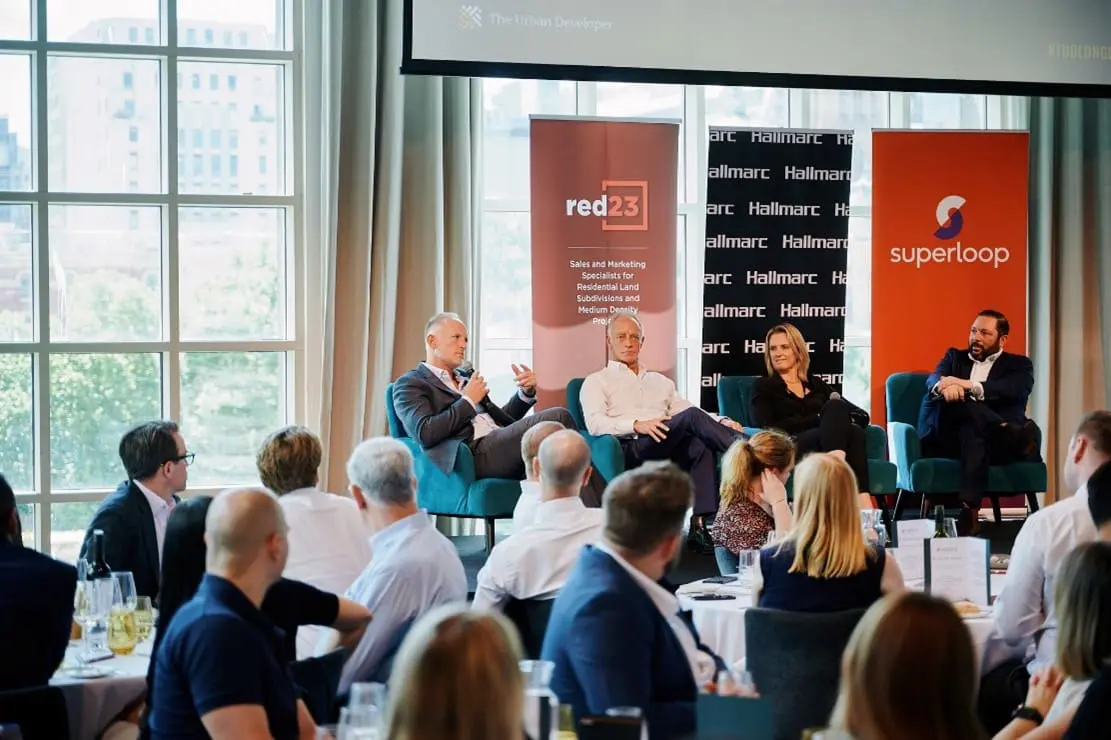Did you know that 75% of people1 list public speaking as their biggest fear? While it can seem daunting, public speaking is an essential part of life in business. Whether it’s a conference, panel, or internal presentation, public speaking is one of the most valuable ways to build your brand’s credibility, position your experts as thought leaders, and reach new networks to create opportunities.
If you’ve got an event on the horizon, and are feeling a little apprehensive about speaking in public, here are our top tips to help you knock it out of the park:
DO: Know your audience
Tailor your content to your specific audience’s interests, challenges, needs and subject matter knowledge.
If you’re presenting to a room full of fund managers, you can probably skip the one-liner explainer on equity vs debt funding, but they might appreciate learning about the efficiencies that your team has managed to find from utilising pre-fabrication during construction.
If the speech is to a general/mixed audience, then keep it light-hearted, colloquial and high-level, no need to get caught up in the details if they aren’t relevant to half the room!
DON’T: Wing it
While improvisation works for stand-up comedians, we don’t recommend it at a formal speaking event.
Practice is key and when it comes to public speaking, you’ll perform best when you know your key points, transitions, and timing like the back of your hand.
Rehearsing will help you iron out any wrinkles and avoid the dreaded “uhs” and “ums”; while practicing aloud will help you refine the pace, wording and flow that you might miss with an in-your-head rehearsal.
DO: Start strong
First impressions matter and this is your chance to set the tone – open with a strong personal anecdote, something surprising, a fun fact, or a funny story to build rapport with the audience early.
DON’T: Rely on slideshows
Slides should support your message, not steal the show. Avoid packing them with text and keep them minimal with engaging visuals and bullet points that summarise the essence of your words.
DO: Engage your audience
Interaction keeps a room alive and attentive, so don’t be afraid to ask questions, try some audience participation, or relate to your audience on a personal level.
If you’re looking for ways to get involved with upcoming speaking opportunities, presentations or panels, or you’ve got one lined up that you’d like to workshop, get in touch with our team.
- National Institute of Mental Health: http://mentalhealth.com/library/what-we-fear-more-than-death#:~:text=You’ve%20probably%20heard%20that,National%20Institutes%20of%20Mental%20Health. ↩︎

